
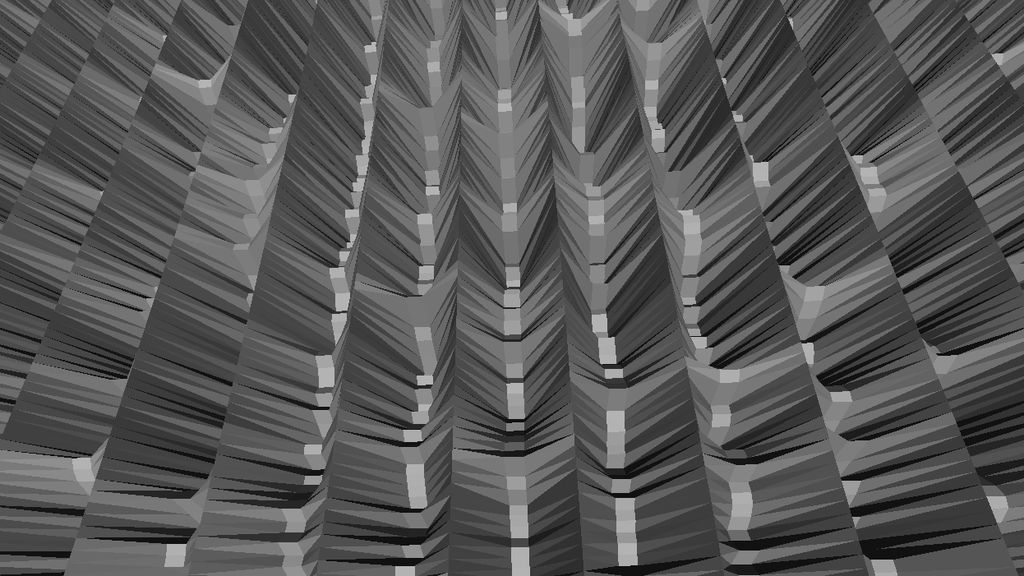
3D printing has received a lot of attention lately. Rightly so, as it's been utilized to make everything from fine art to athletic equipment to human cells.
While so-called additive manufacturing is a promising process, there's still room for improvement. Amanda Ghassaei set out to illustrate that and push 3D printing to its current limits by creating her own long-playing records.
After converting digital audio into a 3D model, Ghassaei was able to 'press' her own 'vinyl' using an Objet printer, one of the best models on the market: 600dpi in the x and y axes and 16 microns in the z axis. But that still leaves the Objet at least an order of magnitude or two away from the resolution of a real vinyl record. That means the audio on the records she created is very low resolution, with a sampling rate of 11kHz (a quarter of typical mp3 audio) and 5-6bit resolution (less than one thousandth of the resolution of typical 16 bit audio). With all that said, the record still clearly sounds like Nirvana's "Smells Like Teen Spirit".
Digital music piracy is a hot topic that shows no signs of cooling down. With vinyl's enduring popularity, will physical music piracy ever become an issue?
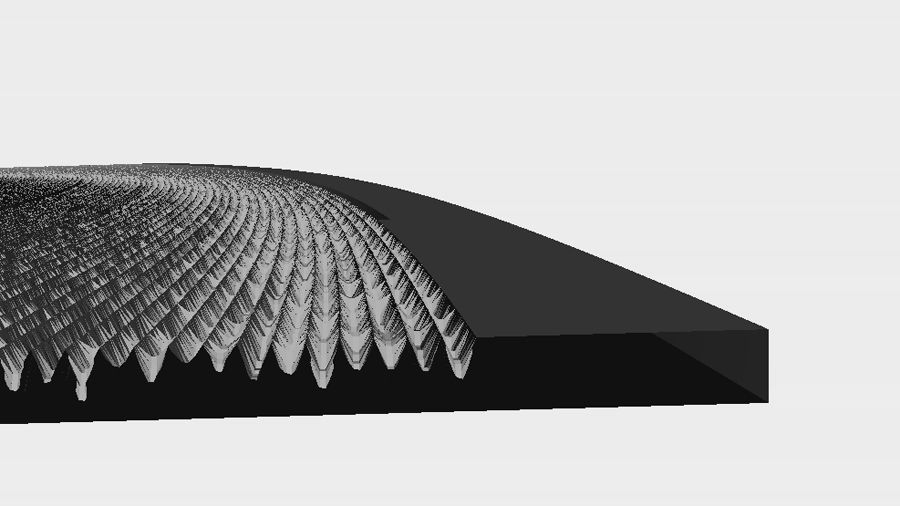
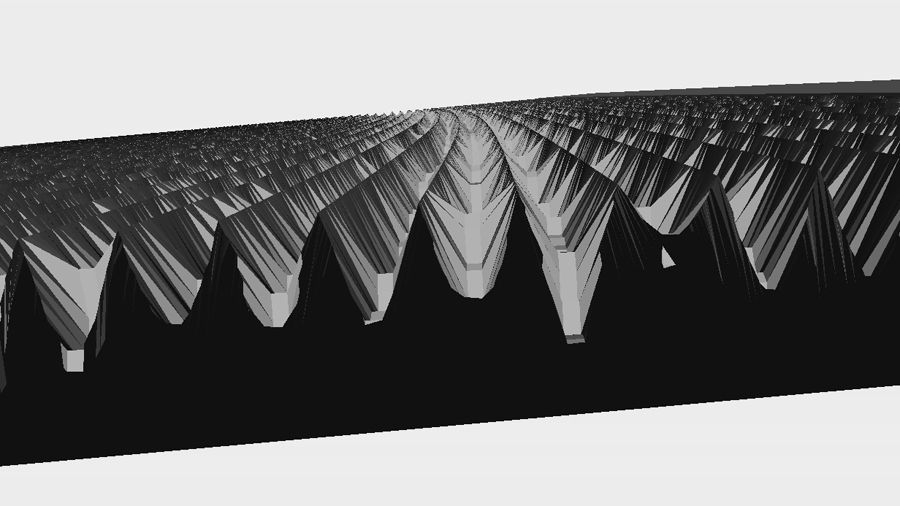
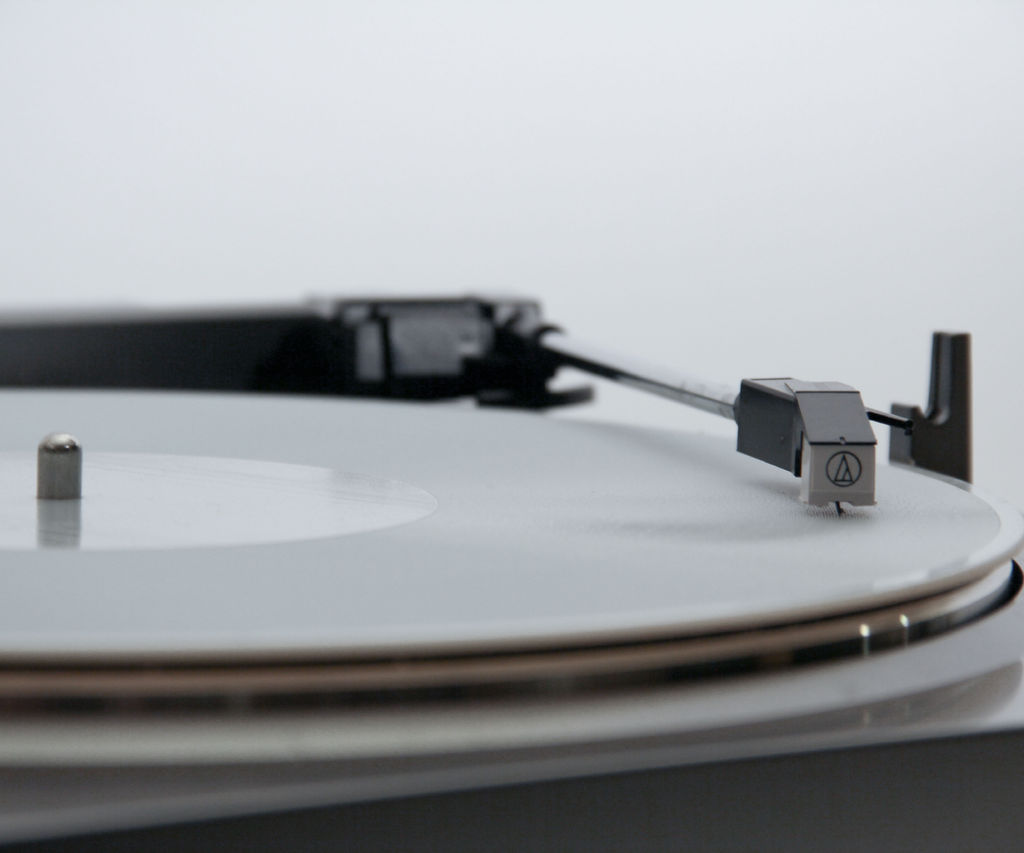
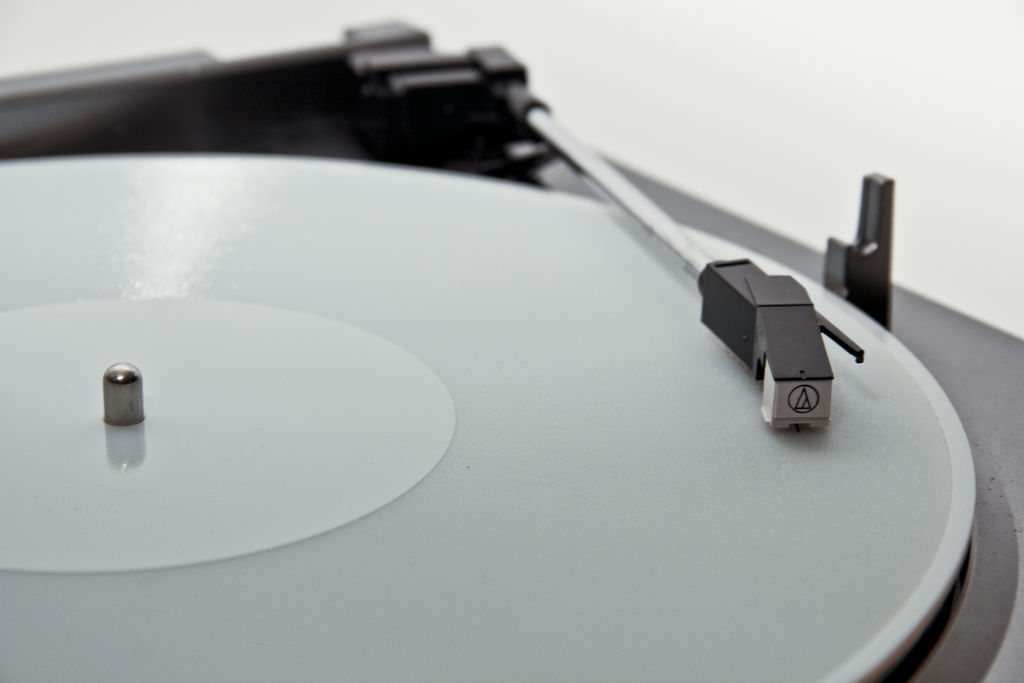
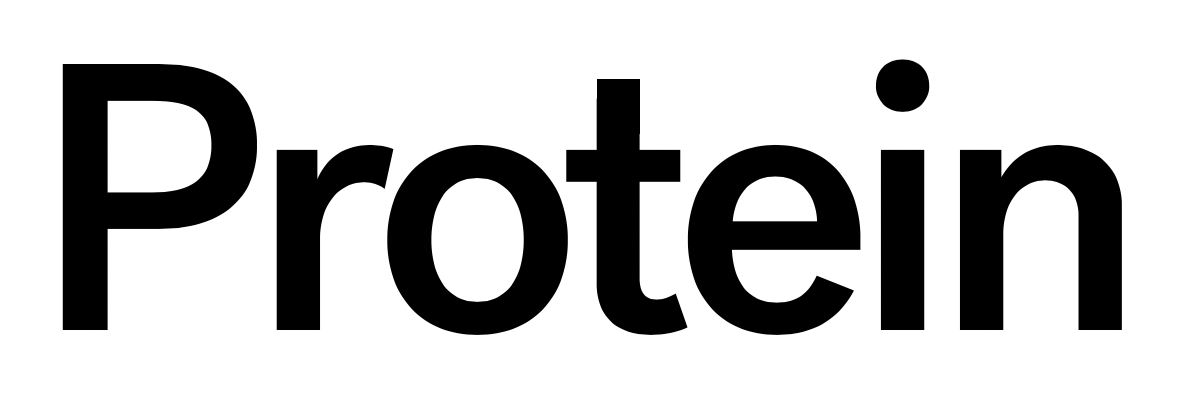

Discussion